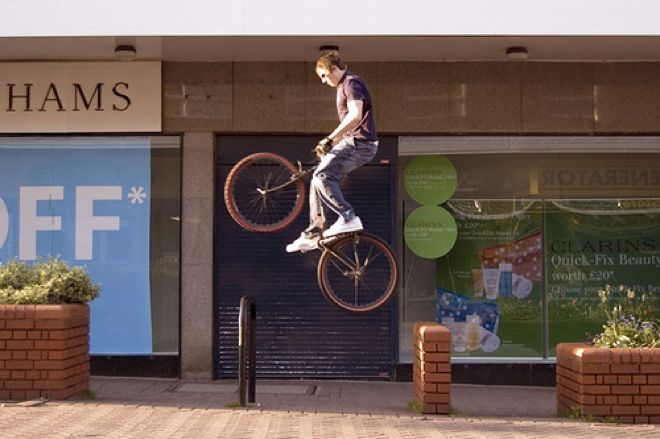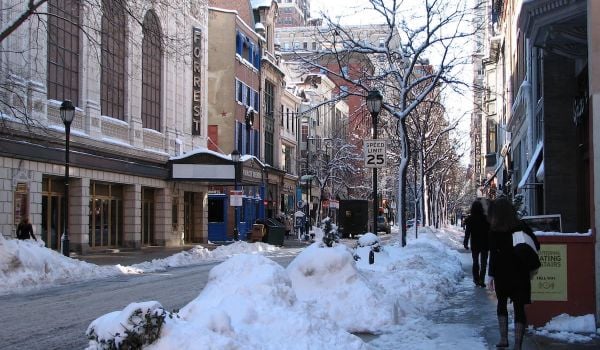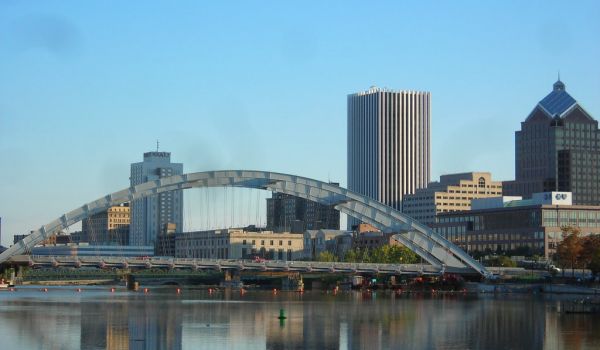An avid mountain biker, this summer I had the opportunity to experience the unique town-trail dynamic of two very different cities in the Eastern United States, namely Columbia, South Carolina and Rochester, New York. Though not the rugged, remote destination trails that might attract mountain biking aficionados from all corners of the country, both cities’ trail systems draw a substantial number of local and regional users.
Mountain biking routes are usually relegated to the wilderness and hinterlands, far removed from downtown areas. Although some cities have seen the development of pump tracks and other urban outlets for off-road biking, such as the I-5 Colonnade Mountain Bike Skills Park in Seattle, WA, true mountain biking trails in close proximity to city centers remain rare.
It is worth noting that mountain biking is an activity not equally available to all members of a community. Though a trail system is not a country club, mountain biking is a hobby that requires a relatively high capital investment both at the outset and over time. Urban mountain biking trails, however, are the type of recreational amenity that urbanists expect will attract skilled workforces that are an increasingly vital element of many local and regional economies.
Much of my leisure time riding occurs on the trails of Harbison State Forest in Columbia. In the interest of full disclosure, I am a resident of Columbia and the Secretary of Midlands Southern Off-Road Bicycle Association SORBA, a local chapter of the International Mountain Biking Association. Formed within the past year, Midlands SORBA members conduct trail maintenance, organize group rides, and generally lobby for more and better trails within the central counties of South Carolina.
Harbison State Forest is located about 8 miles from downtown Columbia. The forest is bordered by a major local road, a residential road, a river, and several quiet housing developments. It is one of the largest urban green spaces within city limits in the eastern U.S. Located within a few miles of several highway interchanges, the forest attracts large crowds on weekday evenings and weekends.
The trail system at Harbison is multi-use, hosting runners, hikers, and dog walkers in addition to a substantial mountain biking crowd. The trail system is even large enough to host races. Though the multi-purpose nature of the trail system makes it a highly utilized local asset, the trails are not what most avid mountain bikers consider ideal. Much of the mileage is “doubletrack” – wide enough for a golf cart to drive through and thus an excellent entree into the world of mountain biking for newbies but not a formidable challenge for more seasoned enthusiasts. The rocky, sometimes sandy, trails are surrounded by pine trees. Although the trail system is built in a forest, riders may still hear traffic and the occasional lawn mower as they ride along the back of a housing development on the outer loops.

A friend of the writer enjoys the Harbison trails on a gray fall morning.
While in the Rochester area this summer, I rode trails close to the city’s downtown at Tryon Park and Irondequoit Bay Park West. Like Harbison State Forest, Rochester’s trails are located just off major roadways and adjoin quiet residential areas. In contrast to Harbison, much more of the trail network in Rochester is singletrack that has become smooth and well-sculpted by years of hard labor and frequent use. Their smooth surface makes the trails fun to ride, offering riders quick ups and downs and some curves through trees. Rochester’s trails offer less total mileage and are less hospitable to non-biking users. While I crossed paths with a few trail users, I saw fewer than I would have on a similar day in Columbia.
The Rochester riding experience affords a greater sense of the city. The trails are closer to major roads and less sheltered by trees, providing the auditory stimulation of heavy traffic. Along many of the low-lying sections in Tryon Park, the smell of sewage radiates around the trail. A rider may also come across more evidence of urban life on these trails. We saw a few piles of shattered glass both on and along the trail, an occasional cement slab, and a pile of hastily-discarded garbage.
Because the trails of Rochester and Columbia are not hidden deep in wilderness, they offer fun and unique riding experiences close to residential and employment rich business areas. The popularity of each cities’ trails among local riders also serves an important function in the health and recreation ethos of their respective communities. The trails are not only convenient for adults, but also for local teenagers who are able to take up mountain biking in their own backyards. This overall ease of access means that more local residents will give mountain biking a try and stick with it. Mountain biking then becomes a path to health and a boost to local businesses that sell and maintain equipment.
While neither Columbia nor Rochester may boast the famous mountain biking destination trails pictured in mountain biking magazines, both cities offer convenient riding experiences enjoyed by many local riders each week. For riders in these cities, the wooded havens offered by their trail systems are an invaluable local amenity.
Colby King is a PhD candidate at the University of South Carolina who studies urban sociology and stratification. Find his blog at www.colbyking.com and hear the latest Midlands SORBA news via Facebook and Twitter
















